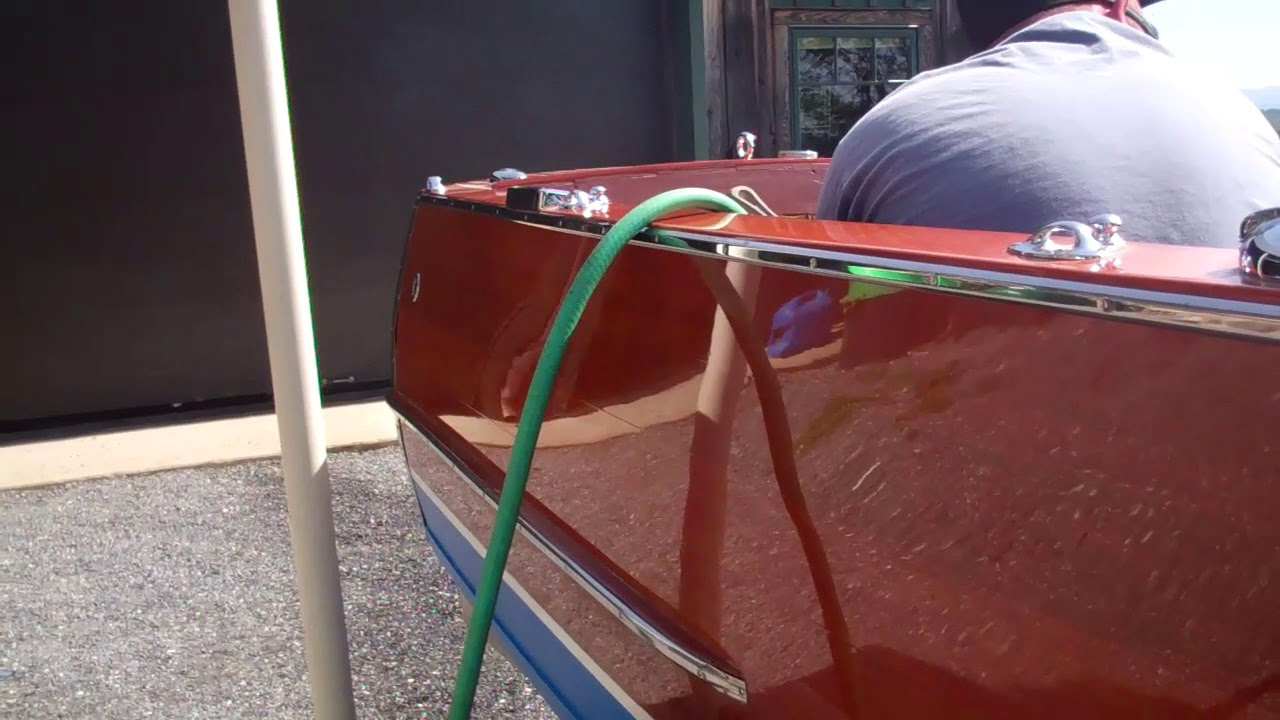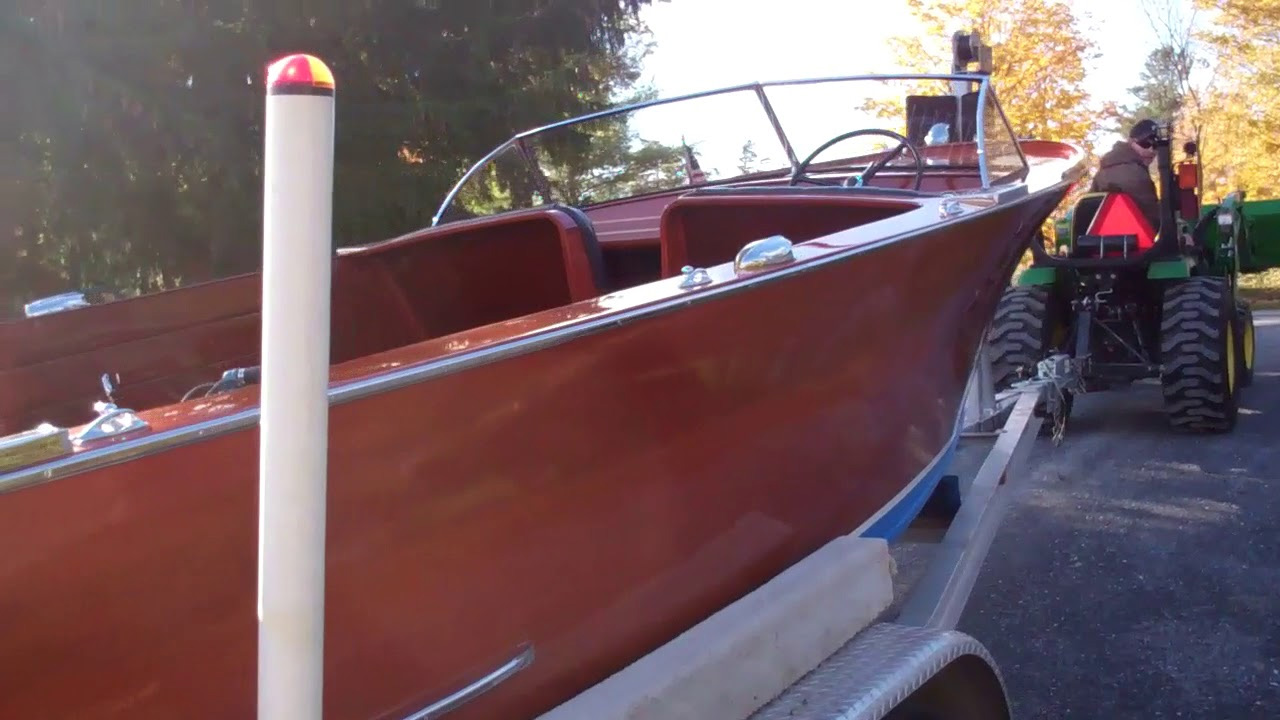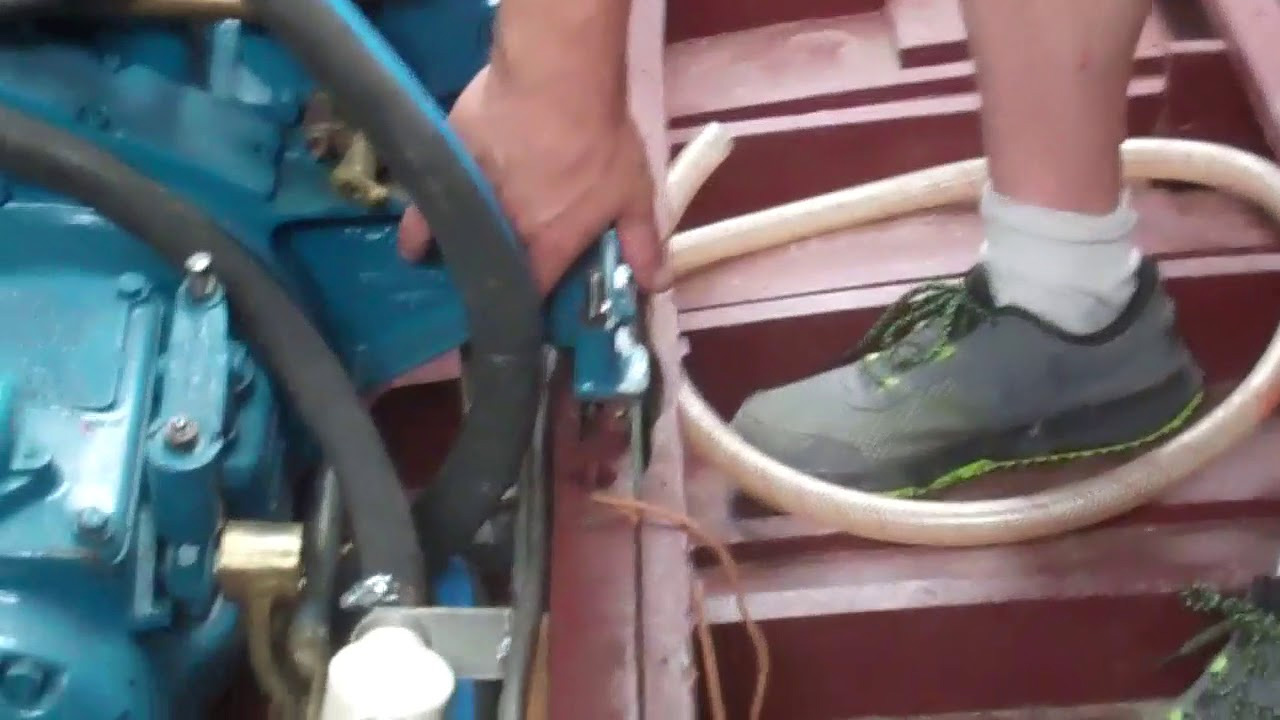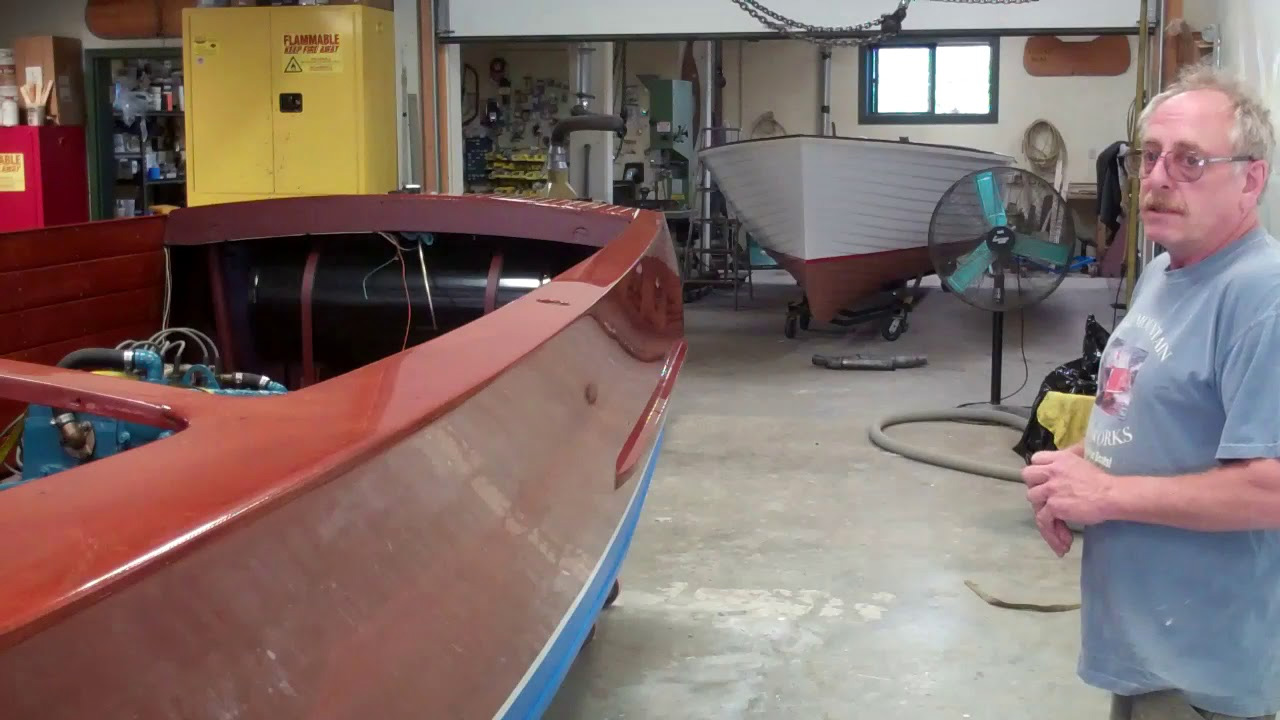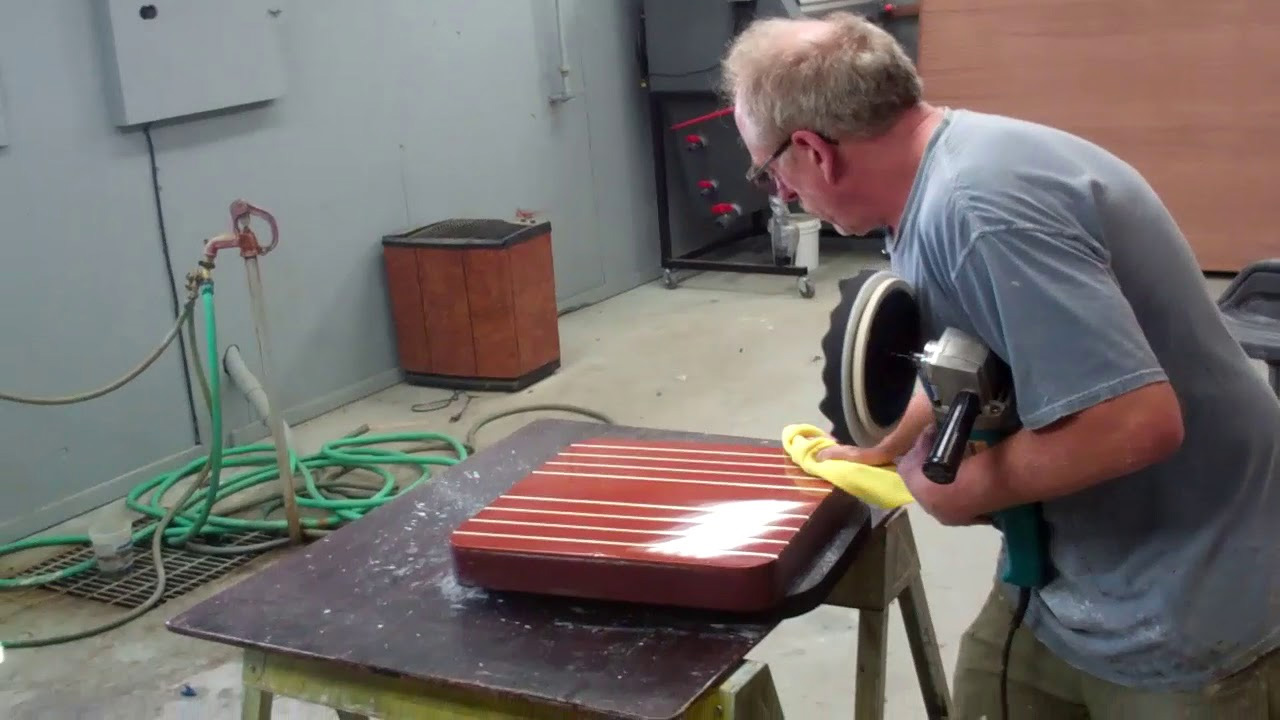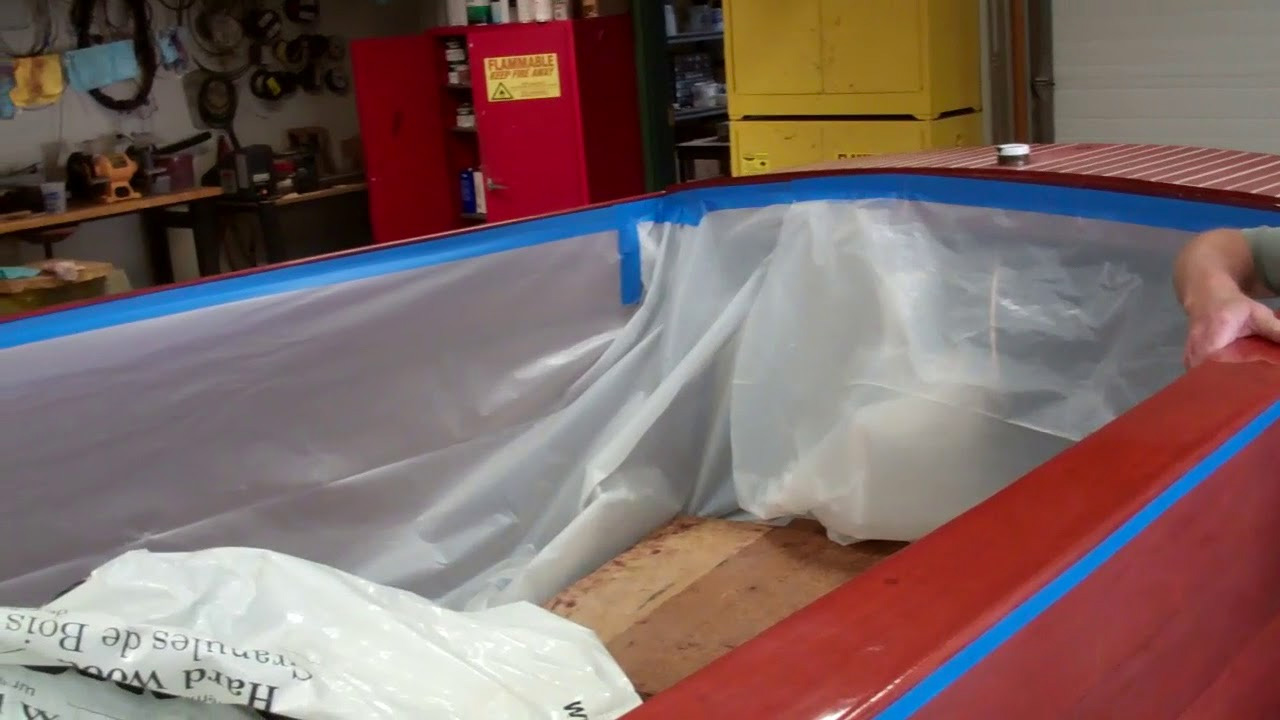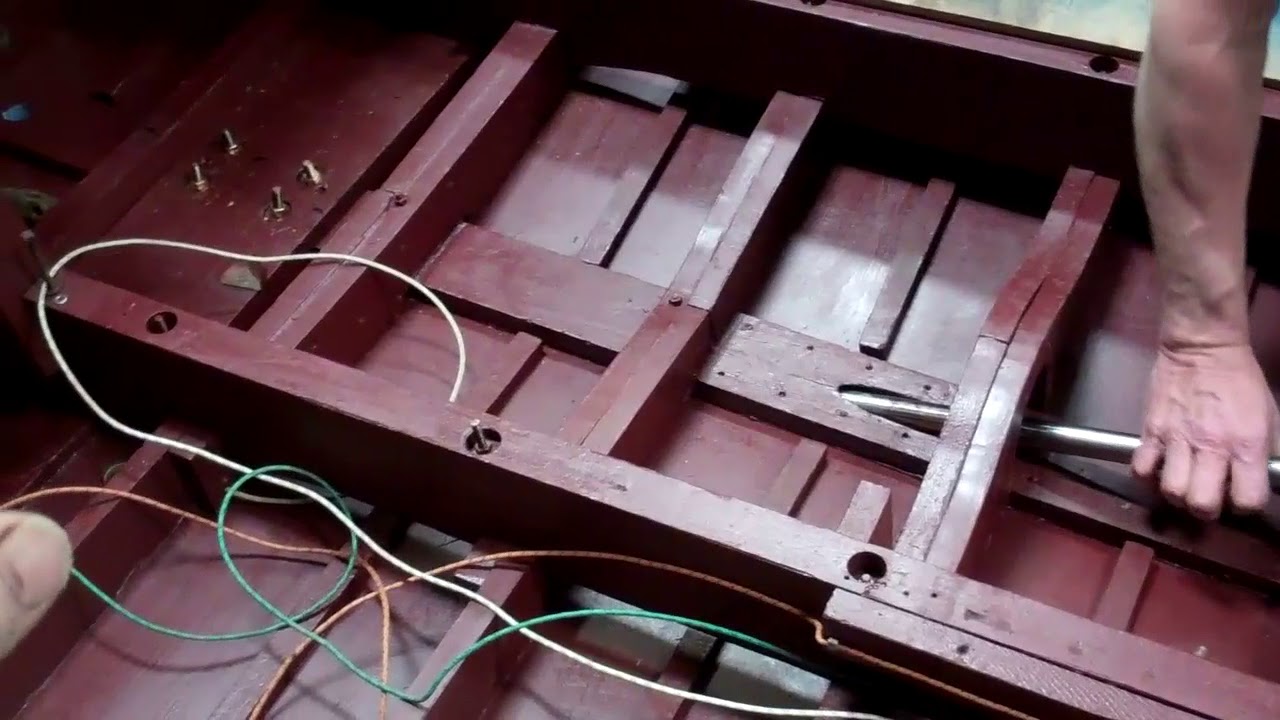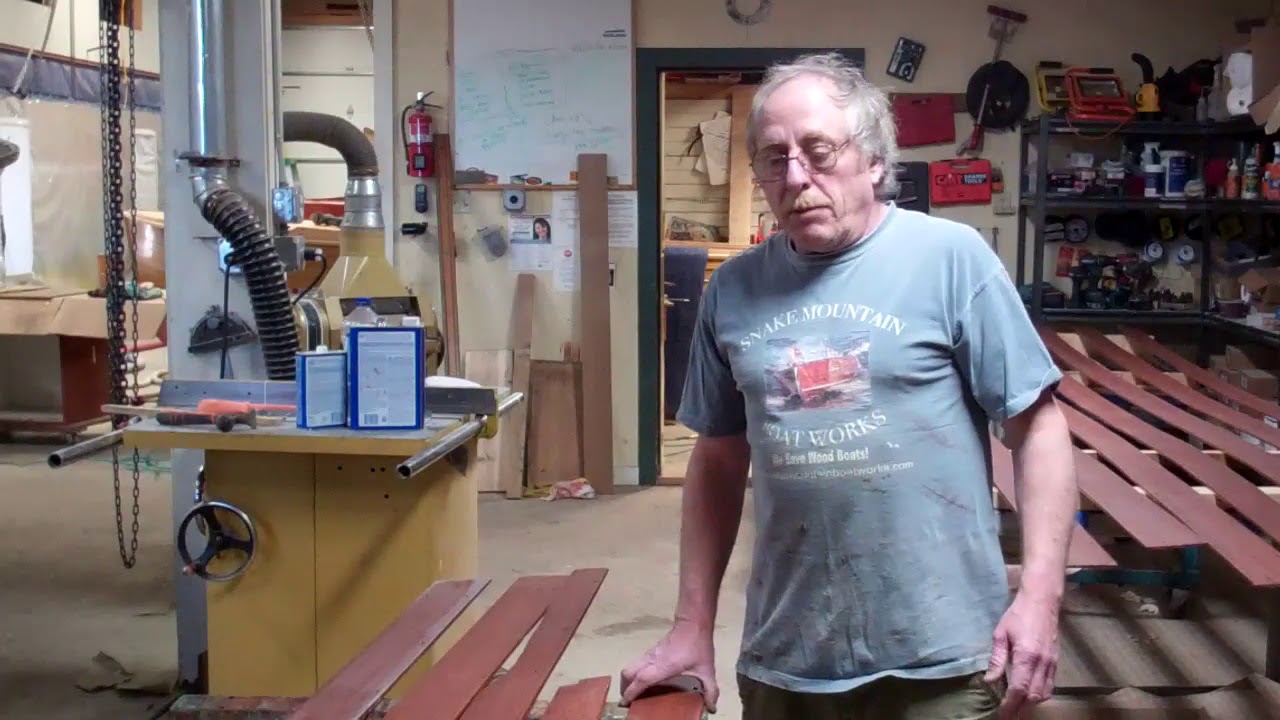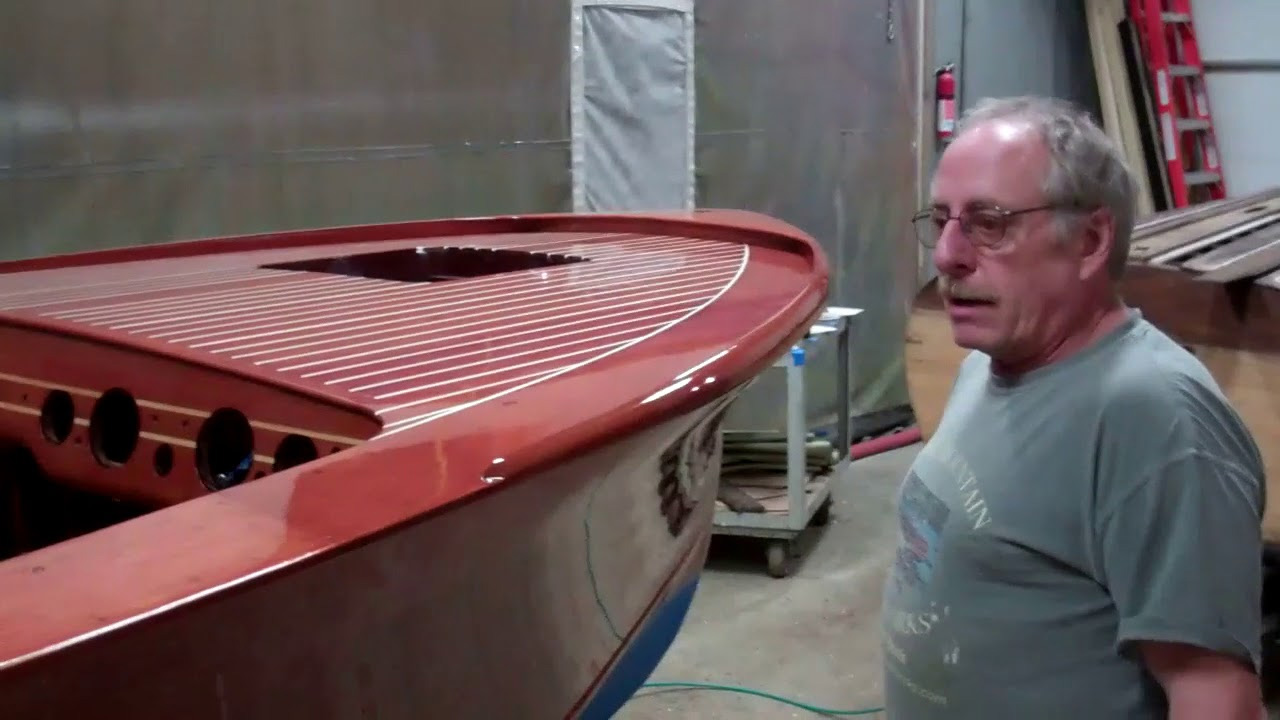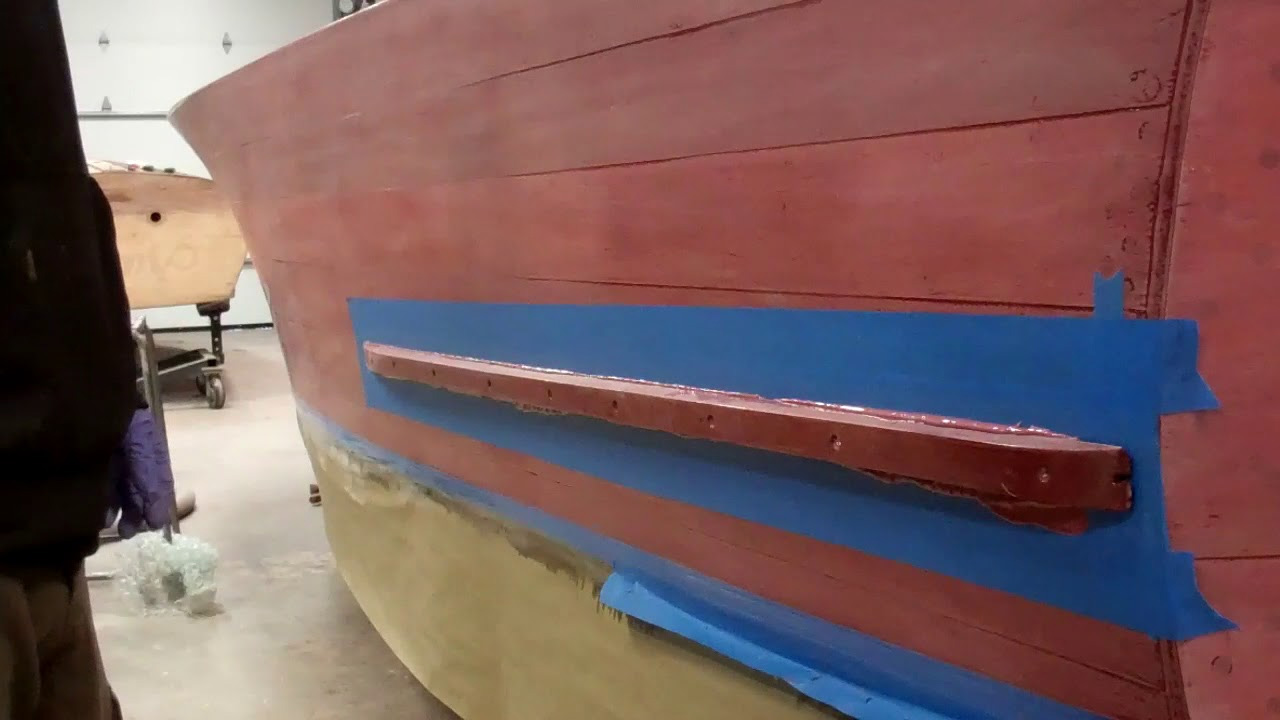She’s been in storage over the late winter, through spring and until now. Finally, Lake Champlain is below flood stage and heavy winds over recent weeks have driven floating logs and debris to shore. But, with rising north winds in the forecast and beginning now, we will likely choose another day this week to float her.
She fired and barked a few times, but now is running beautifully … love that Hercules grumble and growl!
We found a couple of leaky stopcocks, which we are switching out, and the thermostat is being a pain, but we will continue fighting with the engine.
As I hope is evident in the clip, we could not be happier with the final result.
- Mickey Dupuis and his crew at D&S Custom Metal Restoration in Holyoke, MA, once again transformed pitted and pocked plating into jewelry.
- Shauna Whiting, Kocian Instruments in Forest Lake, MN, once again masterfully preserved her gauges.
- Robert Henkel, Peter Henkel, Inc. in Marine City, MI, tore the engine down and rebuilt it, the transmission, and everything bolted onto it.
- Joanie Alden, Vital Signs hand painted her registration lettering.

